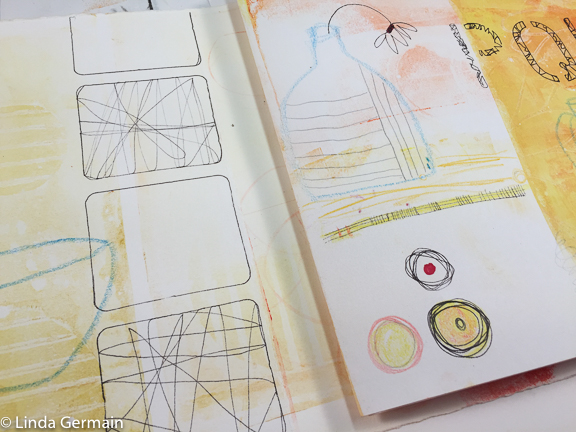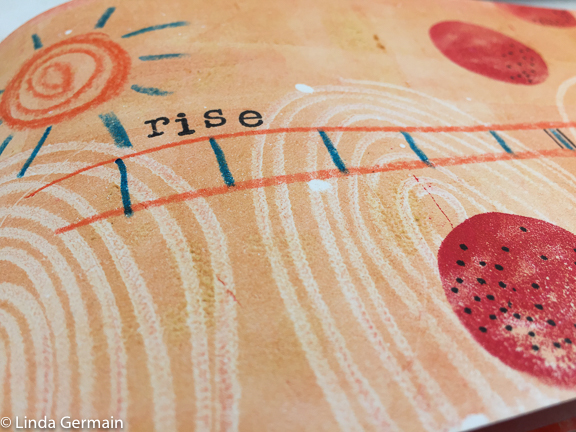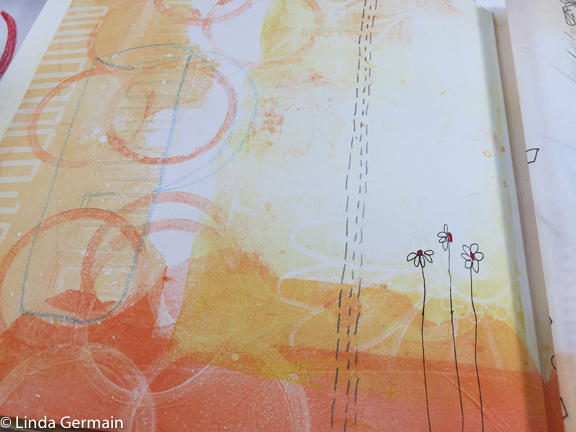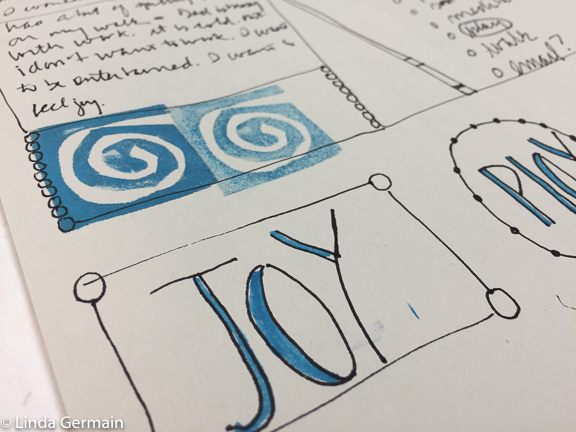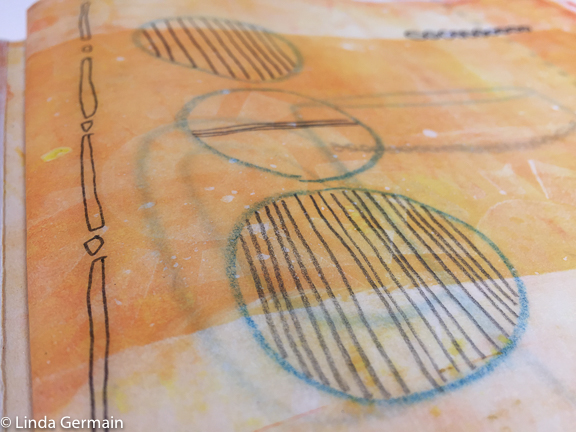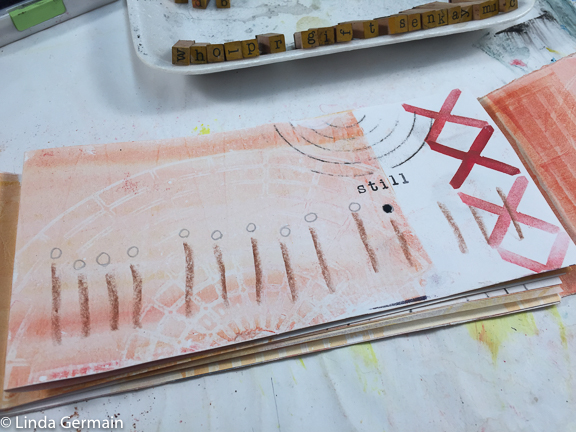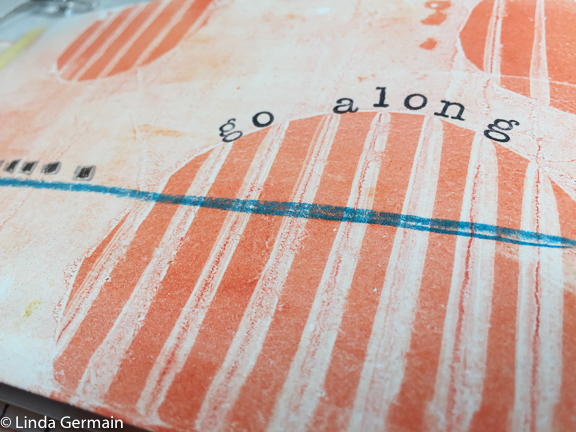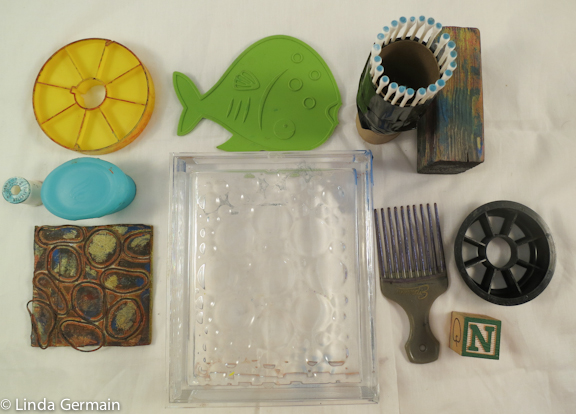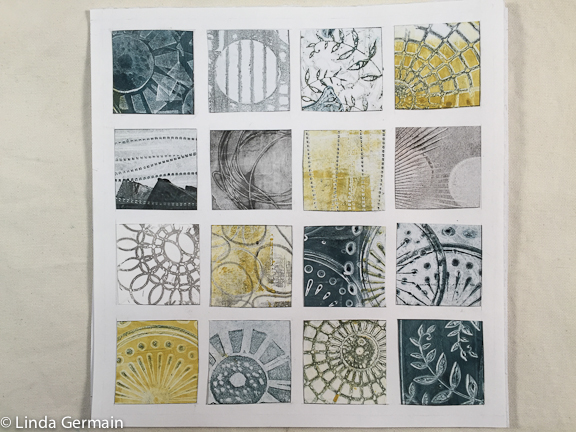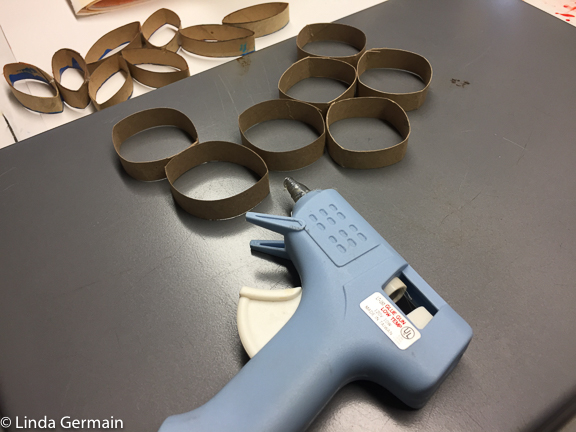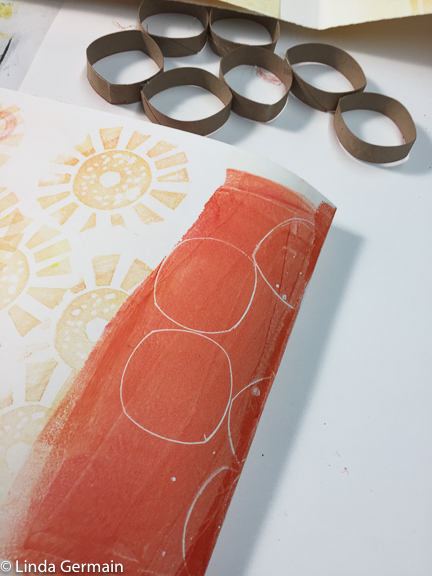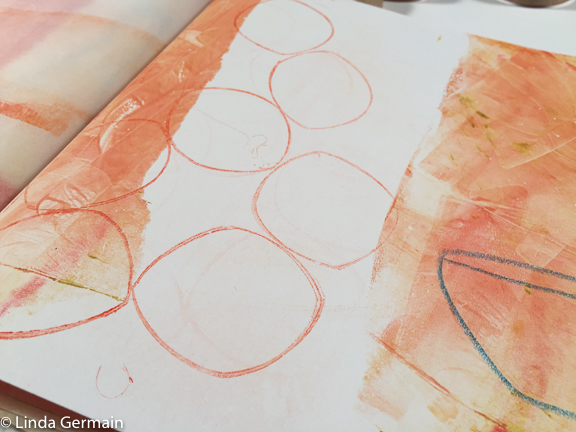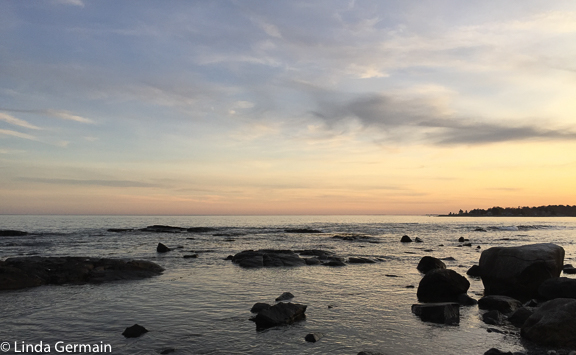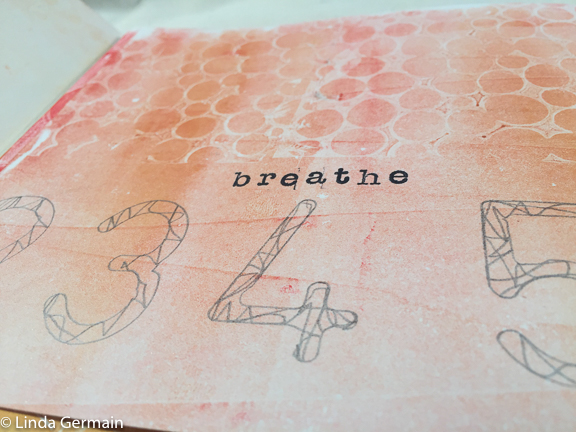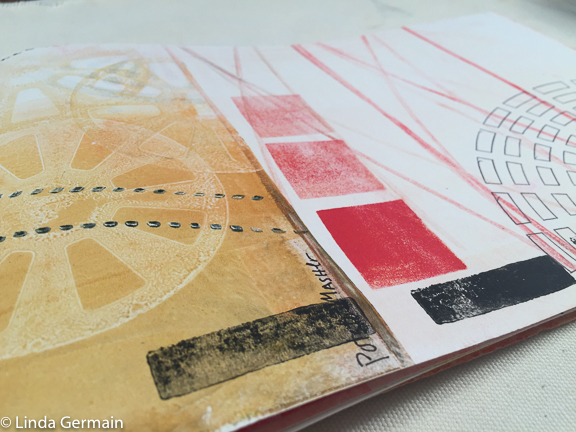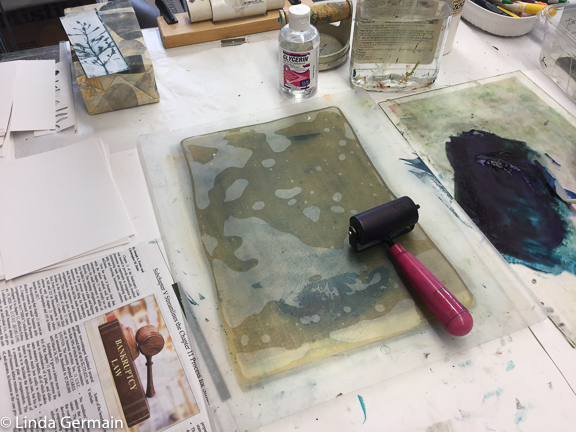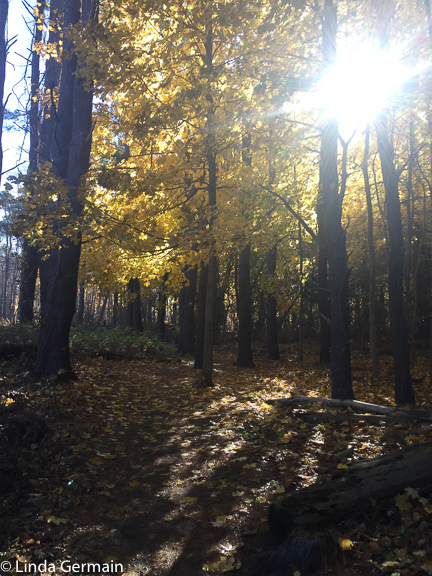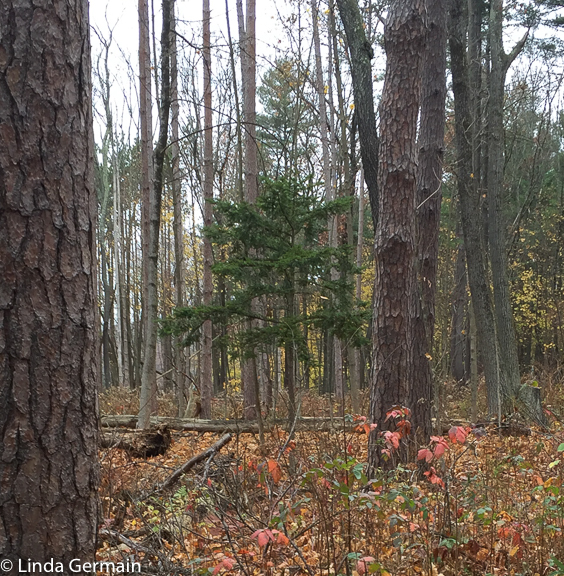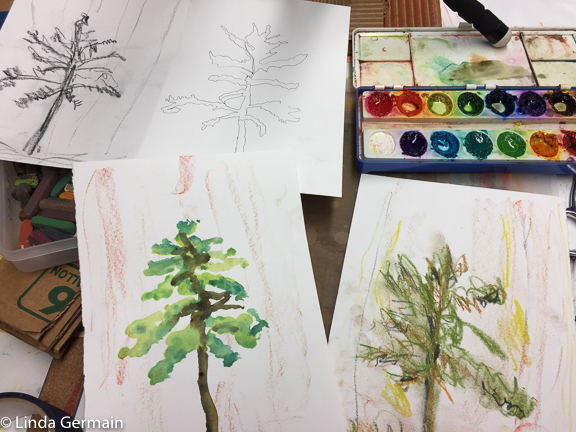How do you make your Marks?
There are lots of ways to make marks.
Consider these questions in relation to how you approach mark making in your art work.
- Do you like to make quick or slow lines?
- Would you say your line is confident or cautious?
- Are you planning marks or playfully making marks?
- Is it all about the process of making or the product you make?
- Do you prefer realistic or abstract?
There is no right answer. But it may be helpful to identify the approach and qualities that you prefer to use in your art making.
I like to make quick lines with confidence. I am usually all about a playful process of discovery that is mostly abstract with a bit of realism.
This helps me understand my default approach to mark making. And I know that if I can add some planning, or think about the end product or some slow lines to my project, it will expand my skills and expression.
Some of my favorite mark makers:
- Action paintings of Jackson Pollock
- Cy Twombly’s huge scribble paintings
- Ellsworth Kelly’s plant drawings
If you would like to explore your mark making skills check out the current classes being offered.
How do you make your Marks? Read More »
